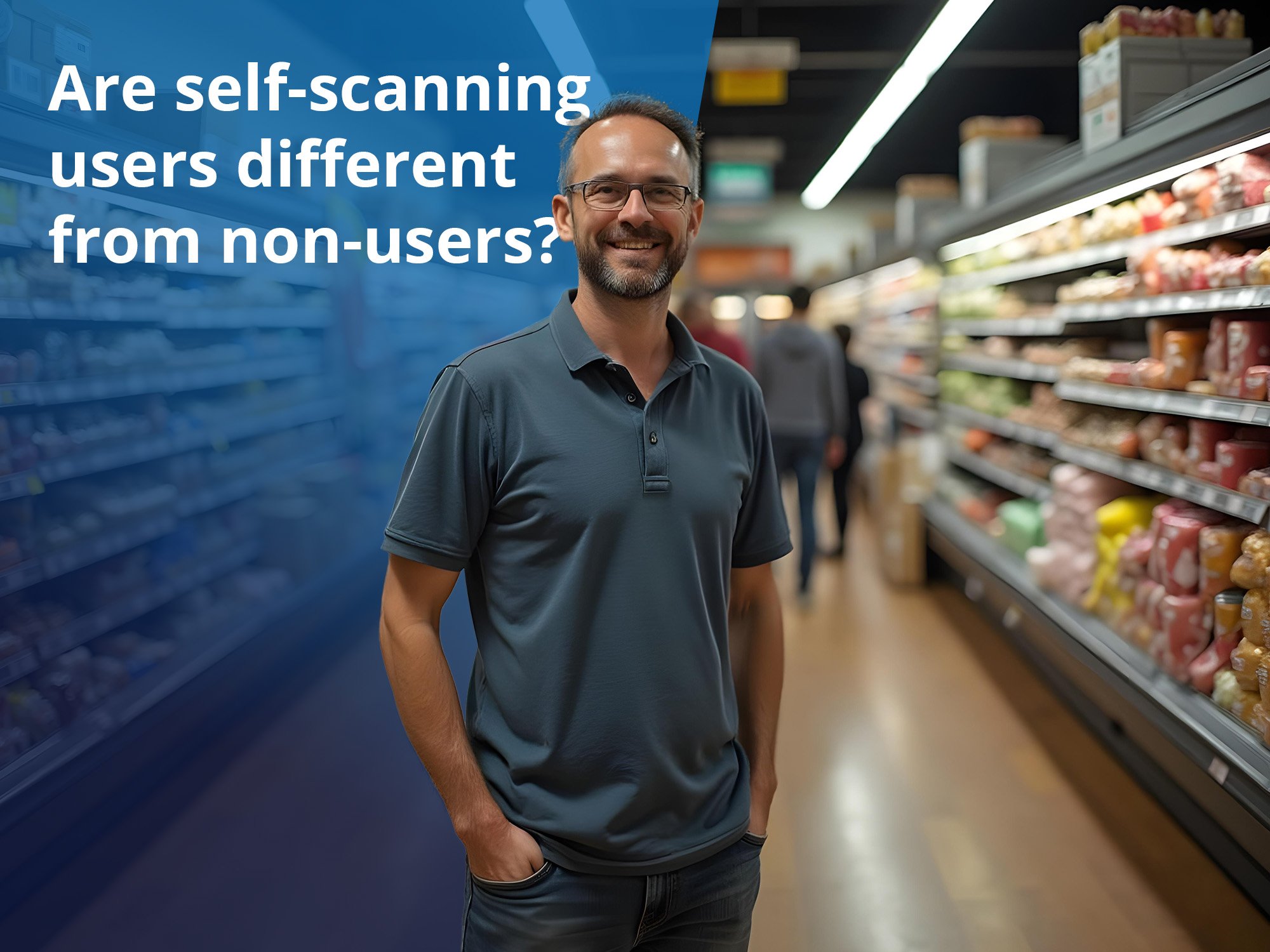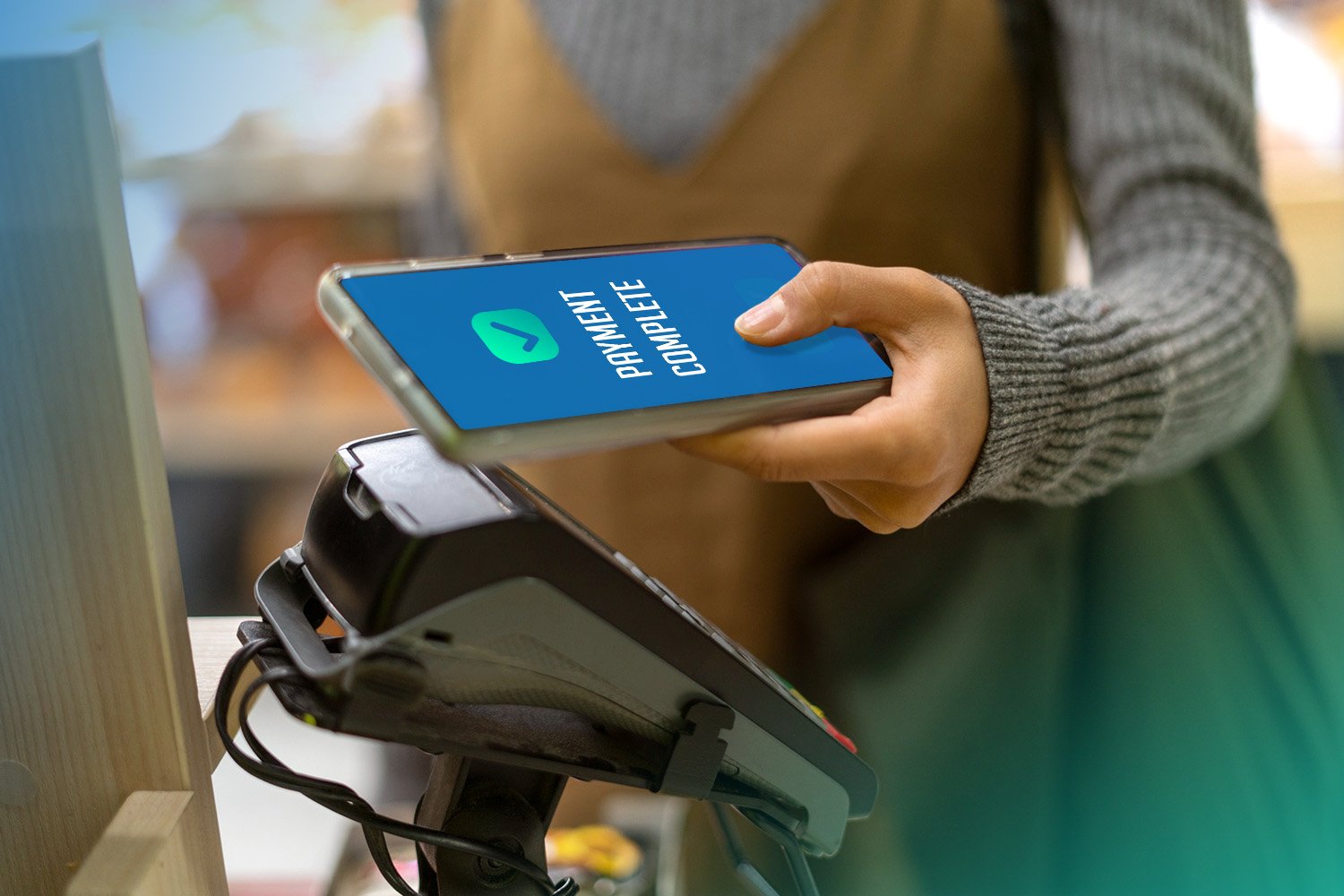Bridging the gap: Merging the digital and physical shopping experience
The digital shopping experience is important – but do not forget about the brick-and-mortar stores! Did you know that while Gen Z shoppers heavily rely on technology in their daily life, they prefer to do their shopping in a physical store? Bridging the gap between digital and in-store experiences is essential for retailers aiming to meet the expectations of today’s tech-savvy consumers. Here are some suggestions on how retailers can effectively connect these two worlds!
Modern technology makes it possible to bridge the gap between digital and in-store shopping.
More retailers are beginning to put effort into creating a more coherent customer experience by merging their digital platforms and in-store locations with shared features and integrations—all with the overall customer experience in mind. Concepts such as the omnichannel strategy are no longer just buzzwords promising a better shopping trip; they are a reality that retailers are striving to attain. But why is this important, and how can it be done? Let’s dive into the combination of digital and in-store shopping here!
Why merge digital and physical shopping?
Consumer expectations are constantly evolving, prompting retailers to invest in both technology and insights that can elevate the shopping experience further. By creating a better mix of digital and physical shopping features, retailers can stay competitive while meeting the increasing demands for shoppers at the same time.
A better customer experience
Customers today expect a seamless shopping experience whether they are online or visit a physical store. By integrating these two environments, retailers can ensure that customers enjoy consistent service, accessibility, and convenience across all channels. This consistency significantly enhances the overall customer experience.
Increased sales and loyalty
A seamless omnichannel experience has the potential to drive sales both online and offline. Customers are more likely to purchase when they can choose from multiple buying options: such as buying online for in-store pickup, or checking the in-store inventory online. This flexibility can also lead to increased brand loyalty as customers appreciate the convenience and effort made to accommodate their preferences.
Better data insights
Data is becoming increasingly important – all more accessible for retailers doing it right. Integrating digital and physical stores allows retailers to collect and analyze data across multiple channels. This data can provide valuable insights into consumer behaviours and their preferences making it easier to spot trends and make informed decisions about product placements, inventory management, marketing strategies, and customer service improvements.
The competitive advantage
In a increasingly more competitive retail market, businesses that offer a cohesive experience across digital and physical channels can differentiate themselves from those that do not. This integration can be a key competitive advantage, attracting customers who seek convenience and a personalized shopping experience.
Adaptation to changing consumer behaviors
As previously mentioned, the retail landscape is rapidly changing with technological advancements and shifting consumer behaviours. Customers often research products online before making a purchase in-store, or vice versa. By bridging the gap between digital and physical stores, retailers can better cater to these hybrid shopping habits, ensuring they meet customers wherever they choose to engage.
How can retailers bridge the gap between digital platforms and physical stores?
There are several strategies retailers can adopt in order to provide a better and more comprehensive shopping experience – whether it is online or in a physical store. Here are three ways retailers can bridge the gap:
Omnichannel integration
Develop a seamless omnichannel strategy where customers can effortlessly switch between online and offline channels. This could include features like:
online order with in-store pickup
viewing in-store inventory online
the possibility to return online purchases at physical locations
Integrating customer profiles across channels so that preferences and past purchases are accessible no matter how they shop also enhances personalization and service quality. Not only does this increase the level of convenience, but it also provides better data for retailers.
Enhanced in-store technology
A physical store should still embrace new technology! Invest in in-store technologies that mirror the convenience and information-rich experience of online shopping. This can include features such as digital kiosks where customers can check product information, availability, and reviews, or self-scanning devices for an easier shopping experience. Augmented reality (AR) and other similar features can also play a role, allowing customers to visualize products in different contexts or customize items in unique ways, similar to online interfaces.
Mobile integrations
Retailers can make the physical shopping experience more dynamic by incorporating mobile technology. Encourage the use of smartphones for a smoother shopping experience with features like mobile checkouts, store navigation maps, and special offers sent directly to mobile devices when customers are in specific sections of the store. Additionally, apps can be used to scan products for detailed information, reviews, or even virtual try-on options. Some retail solutions have support for everything from self-scanning to in-store navigation and product information.
These strategies help create a more connected and cohesive shopping experience, blending the best aspects of both digital and physical retail environments. Ultimately, the integration of digital and physical stores helps retailers remain relevant and responsive to modern consumer demands, driving sustainable growth and enhancing customer satisfaction. When done right, it is a win-win situation for both the consumer and the retailer.




